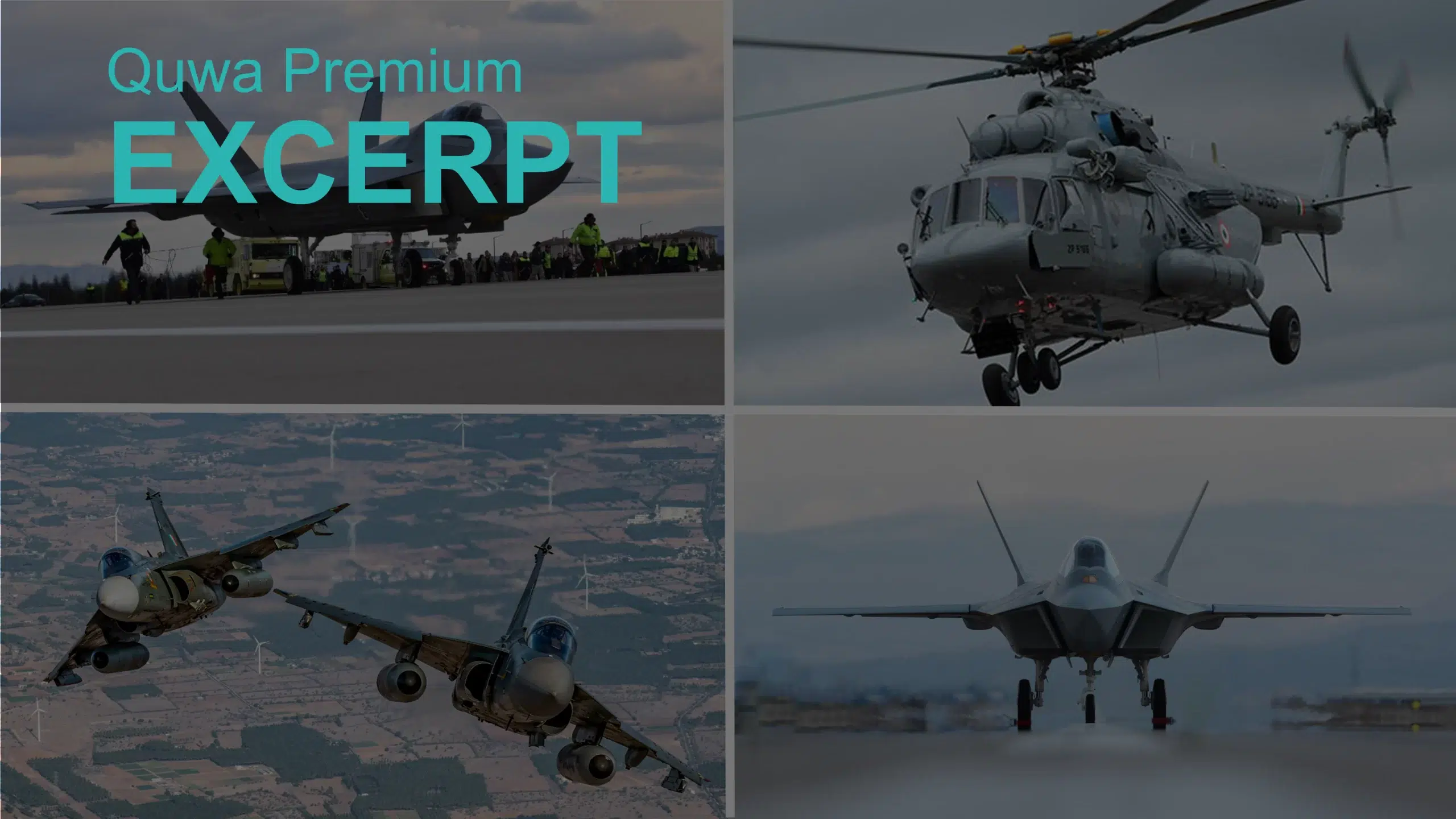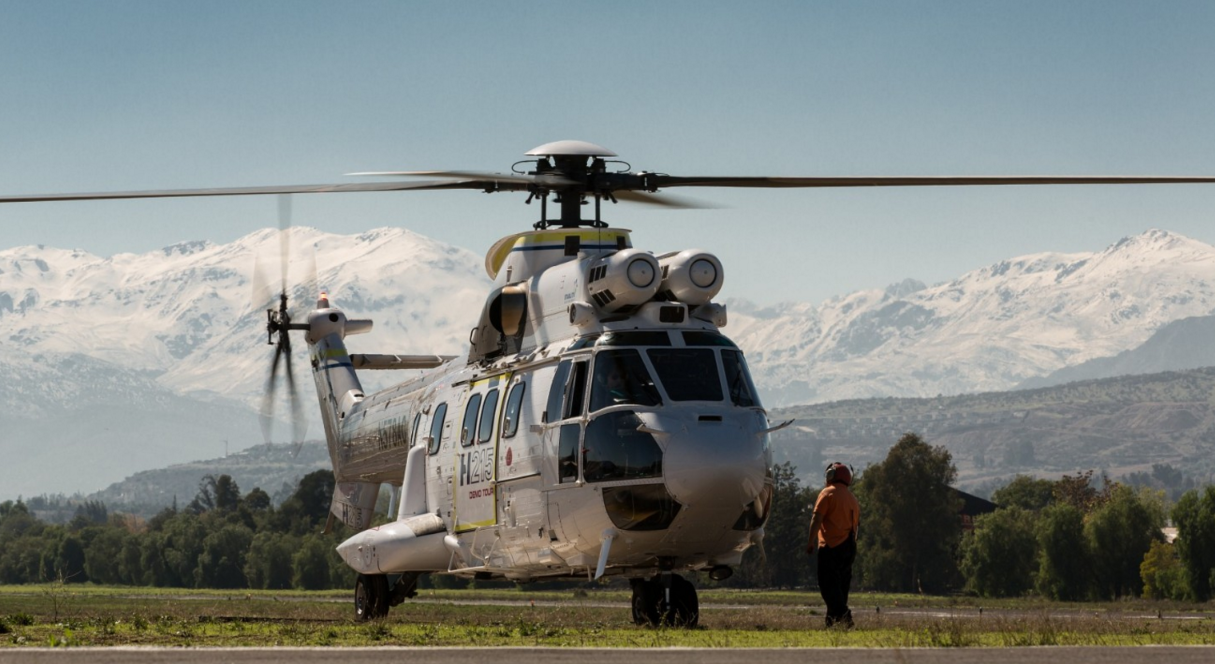1954Views

Monthly Defense News Recap – June 2023
GE Signs Deal with India’s HAL to Co-Produce F414 Engines
General Electric (GE) Aerospace announced that it signed a memorandum-of-understanding (MoU) with Hindustan Aeronautics Limited (HAL) to co-produce GE’s F414 turbofan engine in India.
The focal point of the MoU was to support HAL’s Tejas Mk2, a greatly improved variant of the Tejas offering more range, greater payload, reduced radar cross-section (RCS), and improved electronics, such as sensors and electronic warfare (EW) suite, among many other changes.
This MoU builds on GE and HAL’s existing partnership, which is centered on the supply of F404 engines for the Tejas Mk1 and Mk1A. Thus far, GE has supplied 75 F404s, and another 99 engines are on order for the Indian Air Force (IAF), which has 83 Tejas Mk1As on order.
The MoU was signed during Indian Prime Minister Narendra Modi’s official state visit to the United States, a key event aimed at enhancing bilateral relations between the two allies. In fact, aerospace programs are playing a key role in driving India-U.S. bilateral ties through India’s acquisition of big-ticket American fixed and rotary-wing aircraft, like the C-130J-30, C-17, P-8I, AH-64E and MH-60R…
End of excerpt. Subscribe to Quwa Premium to read the rest of this section.
Russian Supply Shortfalls Creating Gaps for Customers
As Russia focuses on replacing the equipment it is losing in Ukraine, the countries that rely on Moscow for arms are finding it difficult to keep their major weapon systems online.
Algeria, for example, primarily relies on Russia for big-ticket equipment, like combat aircraft, helicopters, and tanks. But as Russia works to rebuild its own stockpiles and keep its equipment serviceable, Algeria is dealing with shortages in spare parts, and an unclear roadmap from Russia for replenishment.
Likewise, India is looking for alternative suppliers for VK-2500-3 turboshaft engines and spare parts for its Mi-17V-5 transport helicopter fleet. According to Shephard, fewer than 30% of India’s Mi-17s are airworthy – thus leaving India with a critical logistics problem. Similarly, the Indian Air Force’s (IAF) Su-30MKI fleet is also under stress due to a shortage of spare parts from Russia (which had experienced serviceability issues as far back as 2017 when Russia was not undergoing its own supply crunch)…
End of excerpt. Subscribe to Quwa Premium to read the rest of this section.
Pakistan Expresses Interest in Türkiye’s “Kaan” Next-Generation Fighter
In a video commemorating the recent visit of the Commander of the Turkish Air Force, General Atilla Gulan, the Pakistan Air Force (PAF) has seemingly signalled its interest in Türkiye’s next-generation fighter aircraft (NGFA), the Turkish Aerospace Industries (TUSAŞ) “Kaan.”
Specifically, the PAF’s video release states:
“Both the commanders [i.e., Türkiye’s General Atilla Gulan and the PAF’s Chief of Air Staff, Air Chief Marshal Zaheer Ahmed Baber Sidhu] agreed to explore further avenues of bilateral collaboration for joint production of military hardware with special focus on fifth-generation aircraft and unmanned aerial platforms.”
The PAF is already a customer of some Turkish equipment, most notably the Bayraktar Akıncı high-altitude long-endurance (HALE) unmanned combat aerial vehicle (UCAV). Thus, PAF interest in the Kaan was to be expected, though arguably, it could have occurred much earlier if not for its muddled policy on NGFAs….
End of excerpt. Subscribe to Quwa Premium to read the rest of this section.
End of Excerpt (497 / 1,114 words)
You can read the complete article by logging in (click here) or subscribing to Quwa Premium (click here).


